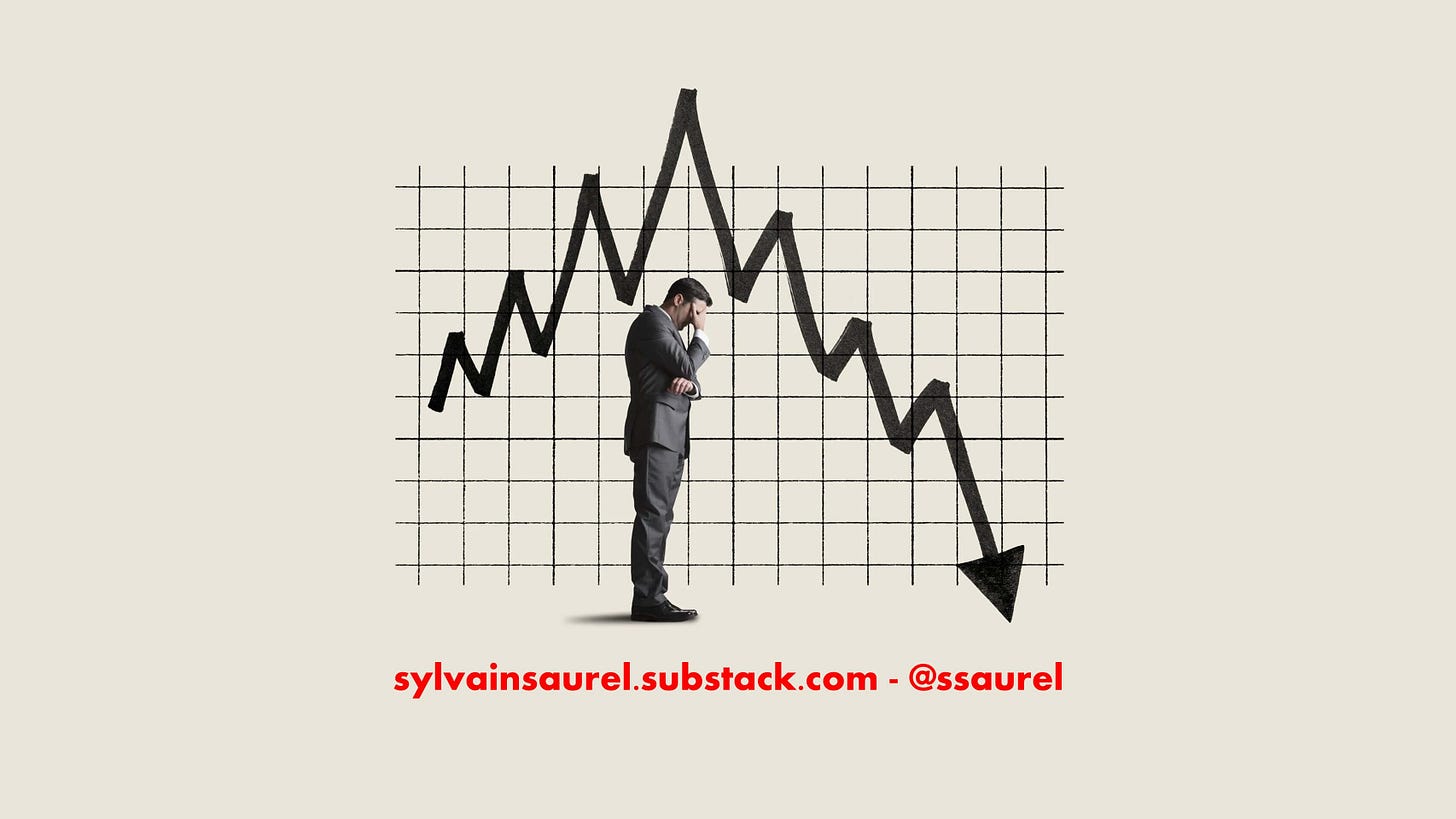Worrying About an Impending Recession? These Unconventional Indicators Will Give You Clues.
Alan Greenspan himself was a firm believer in one of these indicators.
Recession. Stagflation.
These words are coming up more and more often in the mouths of economists and analysts who are more pessimistic than ever. This seems to be reflected in the morale of Americans as 81% of them now believe that America will be in a recession by the end of 2022.
If you've been paying close attention, you've probably already found seve…
Keep reading with a 7-day free trial
Subscribe to Sylvain Saurel’s Newsletter to keep reading this post and get 7 days of free access to the full post archives.




